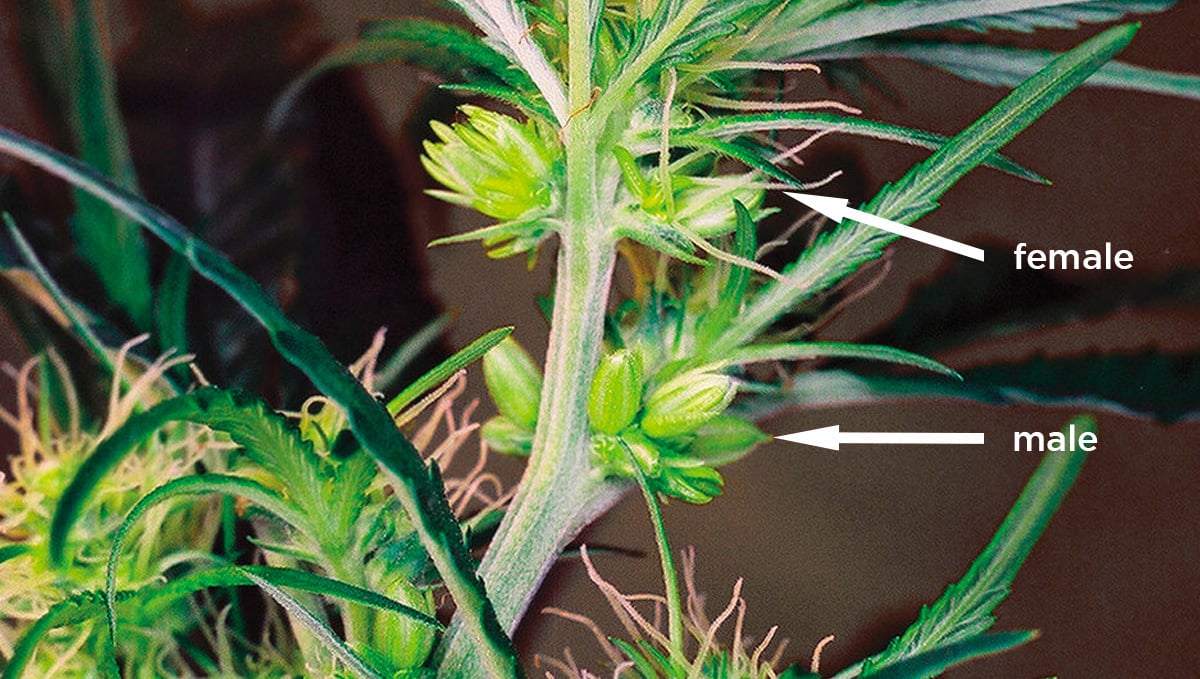Growing high-CBD cannabis strains demands careful attention to be able to soil composition in addition to nutrient management in order to ensure optimal plant health, cannabinoid content material, and yield. In contrast to high-THC strains, CBD-rich cannabis plants include specific nutrient specifications to maximize their very own potential. In see it here , we are going to check out the best dirt types and nutrient regimens for cultivating high-CBD cannabis.
Knowing Soil Composition for High-CBD Cannabis
1. Ideal Soil Kind
The best dirt for high-CBD cannabis should be well-aerated, nutrient-rich, and still have excellent drainage properties. Here are the key qualities to consider:
Loamy Soil: A mixture of sand, silt, and clay provides an optimal balance involving drainage and chemical retention.
Sandy Loam: Offers excellent draining and aeration, preventing root rot and even fungal infections.
Organic-Rich Soil: High degrees of organic matter (such as compost) assure a steady discharge of nutrients.
pH Balance: The ideal soil pH range for high-CBD cannabis is between six. 0 and several. 0 to aid nutrient uptake.
2. Soil Amendments intended for CBD-Rich Cannabis
In order to create the perfect soil conditions, growers can amend their own soil with typically the following:
Perlite plus Vermiculite: Improve oygenation and drainage.
Coconut Coir: Helps keep moisture while protecting against overwatering issues.
Worm Castings: Enhance microbial life and supply slow-release nutrients.
Mycorrhizal Disease: Encourages root advancement and increases nutrient absorption.
Essential goodness with regard to High-CBD Marijuana
Like all cannabis plant life, high-CBD strains need three primary macronutrients: nitrogen (N), phosphorus (P), and potassium (K), commonly called to as N-P-K. However, their ratio and application fluctuate slightly to enhance CBD production.
a single. Macronutrients
Nitrogen (N): Vital for vegetative growth, promoting rich green leaves and strong stems. Even so, excess nitrogen will lead to abnormal vegetative growth in the expense involving CBD production.
Phosphorus (P): Encourages main development, flower formation, and resin manufacturing, which is important for CBD-rich trichomes.
Potassium (K): Supports overall plant health, improves resistance to be able to diseases, and increases cannabinoid synthesis.
Suggested N-P-K Ratios:
Vegetative Stage: 3-1-2 or perhaps 4-2-3
Flowering Level: 1-3-4 or 0-3-4 (to reduce nitrogen intake and emphasis on CBD-rich marijuana production)
2. Micronutrients
Micronutrients play some sort of crucial role inside CBD cannabis cultivation. These include:
Calcium supplements (Ca): Strengthens mobile walls and inhibits common deficiencies want blossom end corrosion.
Magnesium (Mg): Essential for chlorophyll production and energy move.
Sulfur (S): Will help in amino chemical p and enzyme generation.
Iron (Fe), Zinc (Zn), Manganese (Mn): Promote enzyme functions and overall grow metabolism.
Organic versus. Synthetic Nutrients: Which often Is Better?
Whenever choosing nutrients intended for high-CBD cannabis, stating must decide in between organic and manufactured fertilizers.
Organic Nutrition (Preferred for CBD Quality)
Compost Green tea: Enriches soil using beneficial microbes.
Species of fish Emulsion: Provides nitrogen while being soft on roots.
Baseball bat Guano: Enhances phosphorus content for its heyday.
Kelp and Ocean weed Extracts: Stimulate your root growth and increase CBD levels.
Molasses: Passes beneficial bacteria, enhancing soil health.
Artificial Nutrients (Fast-Acting nevertheless Risky)
Commercial N-P-K Fertilizers: Quick nutrient delivery but can lead to nutrient imbalances if overused.
Hydroponic Nutritional requirements: Useful for soilless setups but need careful pH monitoring.
Organic methods are generally recommended with regard to high-CBD strains, as they promote terpene and cannabinoid generation without chemical distraction.
Watering and Nutritional Application Tips
Tearing Schedule: Keep ground evenly moist but is not waterlogged. Overwatering results in root rot and even nutrient deficiencies.
Giving Frequency: Feed plants once a few days during the vegetative stage and twice a week within the flowering level.
Flushing Before Harvest: Stop nutrient app 1-2 weeks ahead of harvesting to improve CENTRAL BUSINESS DISTRICT purity and eradicate residual nutrients.
Ideal Soil and Chemical Strategies for In house vs. Outdoor Increasing
Indoor Growing
Employ pre-amended organic garden soil to reduce habbit on liquid nutrition.
Implement controlled eating with compost teas and organic health supplements.
Monitor humidity and even temperature to avoid mold and unwanted pests.
Outdoor Expanding
Use raised beds with well-draining soil plus cover crops intended for nutrient retention.
Use mulch to keep soil moisture and temperature balance.
Depend on organic fertilizers like manure and worm diffusion for long-term dirt health.
Bottom line
Selecting the best dirt and nutrients for growing high-CBD marijuana strains is vital for producing effective, high-quality buds. By simply selecting a well-balanced loamy soil, using organic amendments, in addition to maintaining proper vitamin levels, growers can optimize CBD manufacturing while ensuring eco friendly and healthy herb growth. Whether creating indoors or outdoor, following these suggestions will lead to the successful and gratifying harvest of CBD-rich cannabis.